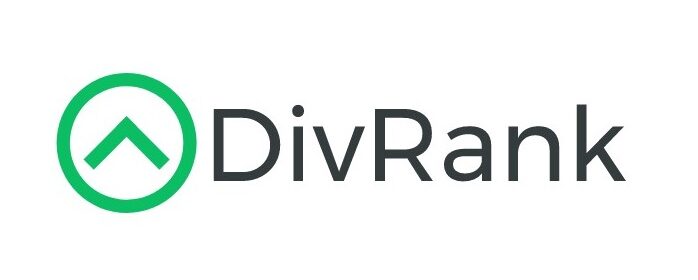Markets began last week on a relatively optimistic note. The S&P 500 finally closed above the key 6,000 level for the first time in months, driven by improving sentiment around U.S.–China trade talks. The dialogue focused on critical tech exports like semiconductors and rare earths, giving the chip sector and broader tech names a lift. Although no major breakthroughs emerged, the mere fact that both sides were talking again helped settle nerves, setting a constructive tone early in the week.
Midweek attention turned squarely to the May inflation data, and it delivered. CPI came in cooler than expected, fueling a rally in both equities and bonds. Yields dropped, growth stocks surged, and the S&P and Nasdaq pushed higher. Oracle’s strong earnings and positive AI commentary added fuel to the rally, and Apple’s WWDC event gave investors more reason to believe the tech giant is leaning into AI in a meaningful way. Market breadth improved too — gains weren’t limited to just the mega-caps, signaling a healthier rally.
Then came Friday, and with it, a geopolitical shock. Israel launched strikes on Iranian nuclear facilities, and Iran retaliated with drone attacks. Risk assets sold off hard. The Dow tumbled 770 points, oil surged more than 7%, and volatility spiked. Safe-haven assets like gold and Treasuries rallied sharply, while airline stocks and other risk-sensitive sectors fell hard. The market had been building on strong macro momentum, but global tensions forced a sharp risk-off shift heading into the weekend.
All eyes on the Fed — and for good reason
The Fed’s midweek meeting (June 17–18) is going to be the main event. They’re not expected to cut rates just yet, but the tone of Powell’s press conference—and more importantly, the updated “dot plot” showing future rate expectations—will move markets. With inflation coming in softer in May, Wall Street is hoping the Fed gives some indication that rate cuts are on the table later this year. Two cuts are being priced in. But Powell isn’t likely to jump the gun, especially with the geopolitical mess overseas. Expect a lot of parsing between the lines. The press conference on Wednesday will probably matter more than the rate decision itself.
Economic data could change the mood
While the Fed holds center stage, we’ve also got a packed data calendar that could shift sentiment in a hurry. It starts Monday with the Empire State Manufacturing Survey, and then ramps up Tuesday with May retail sales, industrial production, and inventories. These are the kinds of numbers that will show whether consumers are still spending and how strong the real economy really is. Housing data hits Wednesday morning, and by Friday we’ll be looking at the Philly Fed Index and the Conference Board’s leading indicators. If retail sales and industrial output surprise to the upside, the bullish narrative could get stronger—think soft landing, solid growth, and lower inflation. But weak numbers? That could spook markets and muddy the Fed’s messaging.
Geopolitics still the wild card
Let’s not forget what rocked markets late last week—Israel’s strikes on Iran, followed by retaliation. Oil jumped, stocks dropped, and investors ran for cover. That tension hasn’t gone away, and any headlines out of the Middle East could create more volatility. Plus, there’s the G7 summit going on in Canada. If leaders make moves on tariffs—especially U.S.–China or U.S.–EU—it could rattle things. The global chessboard matters here. A spike in oil could undo all the good vibes from a dovish Fed or upbeat economic data.
What to watch and why it matters
Here’s what I’ll be watching closely—and what you should be too. First, the Fed’s dot plot and Powell’s tone. Do they hint at cuts, or play it cautious? Second, retail sales. Is the U.S. consumer still alive and well, or tapping out? Third, oil prices. Higher crude could bring inflation concerns roaring back. Finally, Middle East developments. More conflict could derail this rally in a flash. This week feels like a tipping point. We’ve got the ingredients for a rally—cooling inflation, a Fed potentially pivoting, and a market that wants to believe in a soft landing. But the risks are real. Geopolitics are tense, oil is unpredictable, and the Fed still hasn’t shown its cards. Stay flexible. Watch the Fed like a hawk. And don’t be surprised if good news and bad headlines end up battling for control of the tape.

